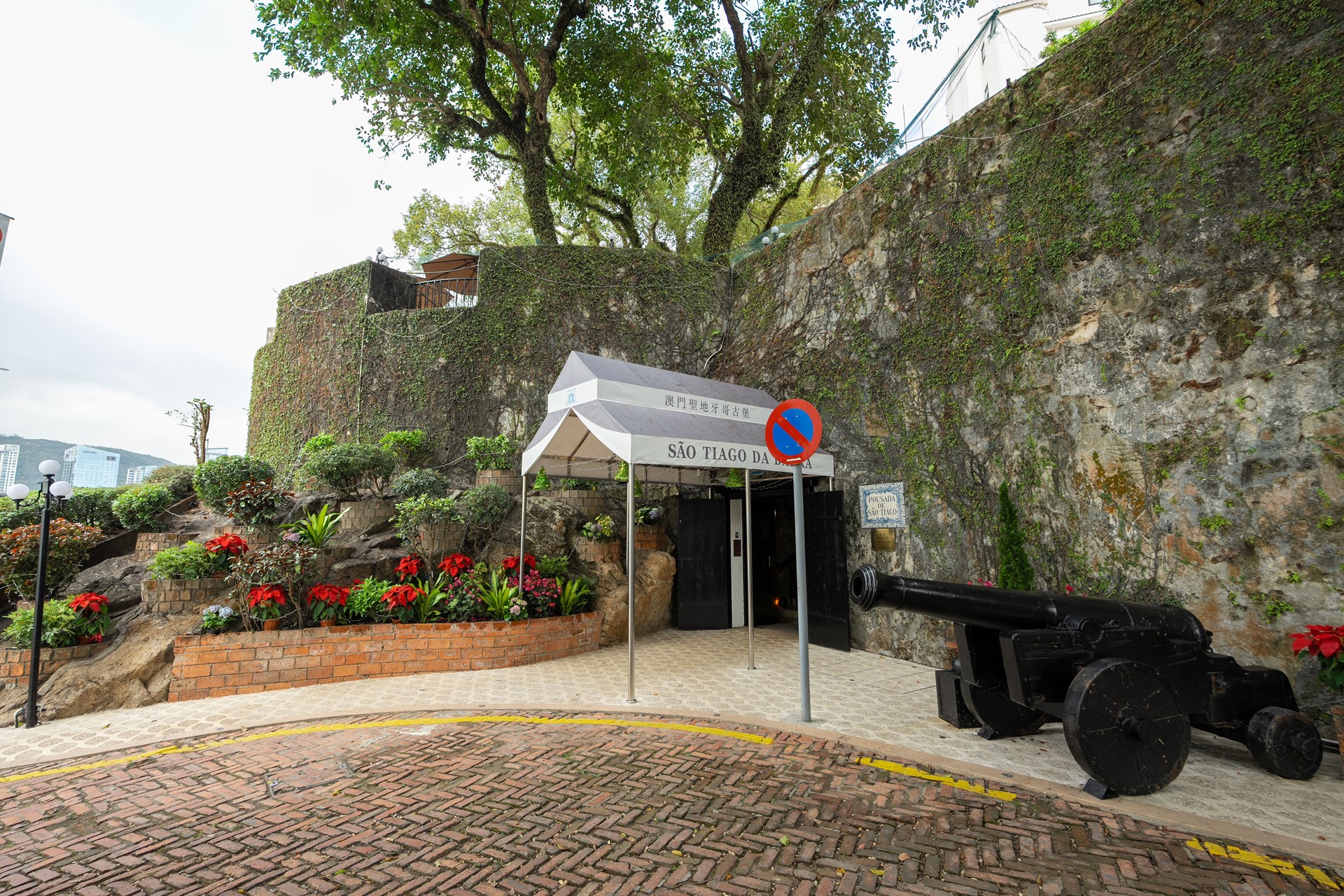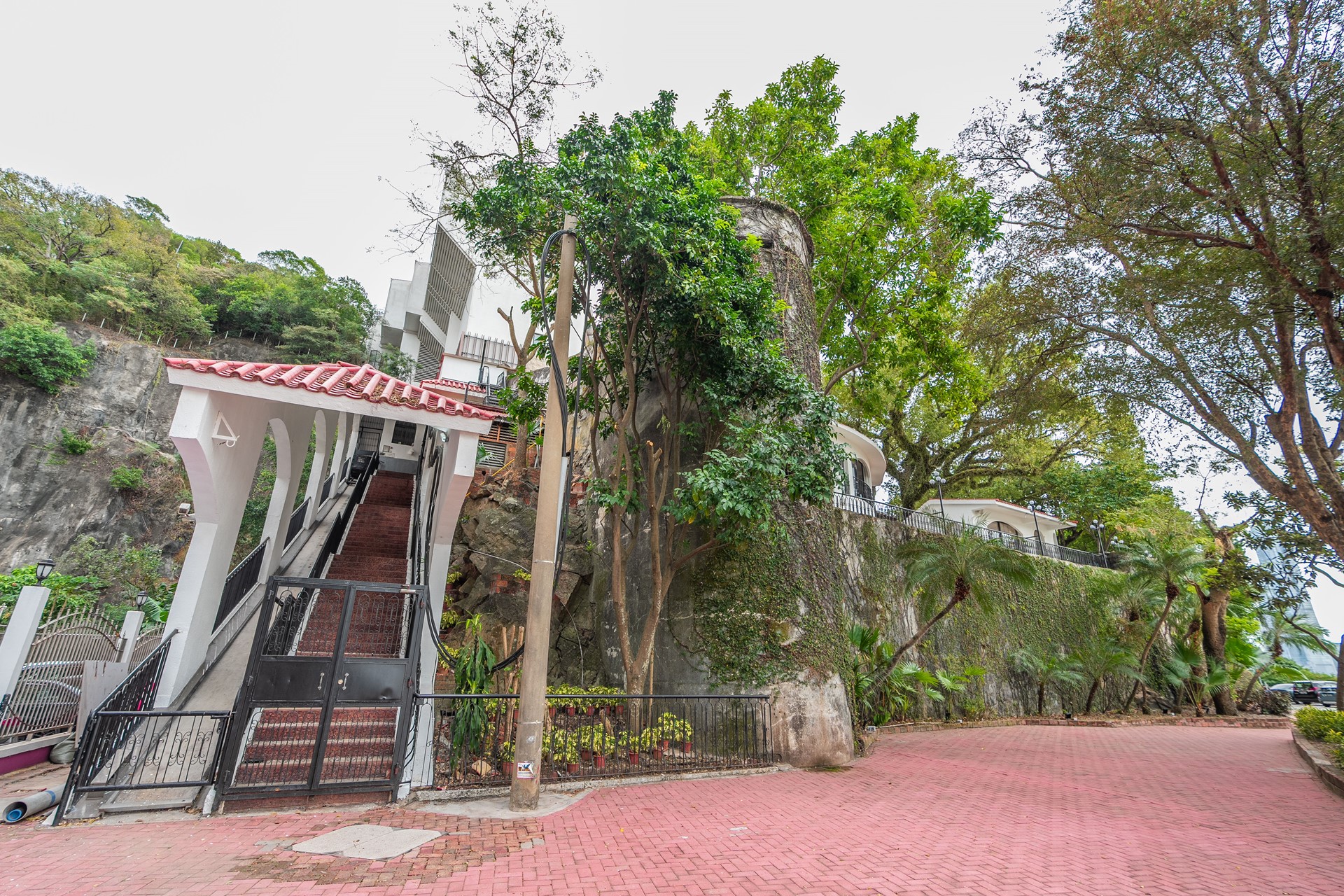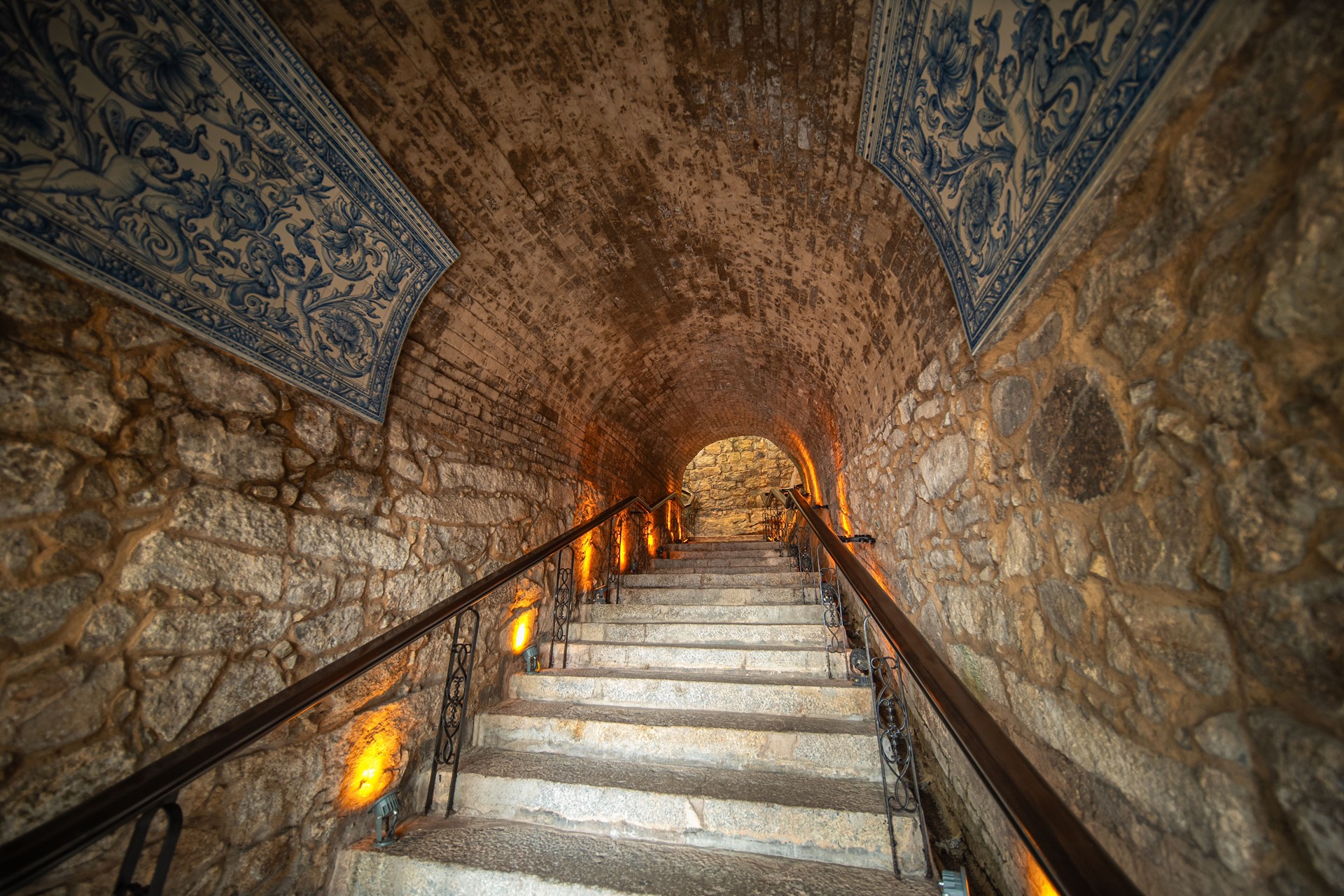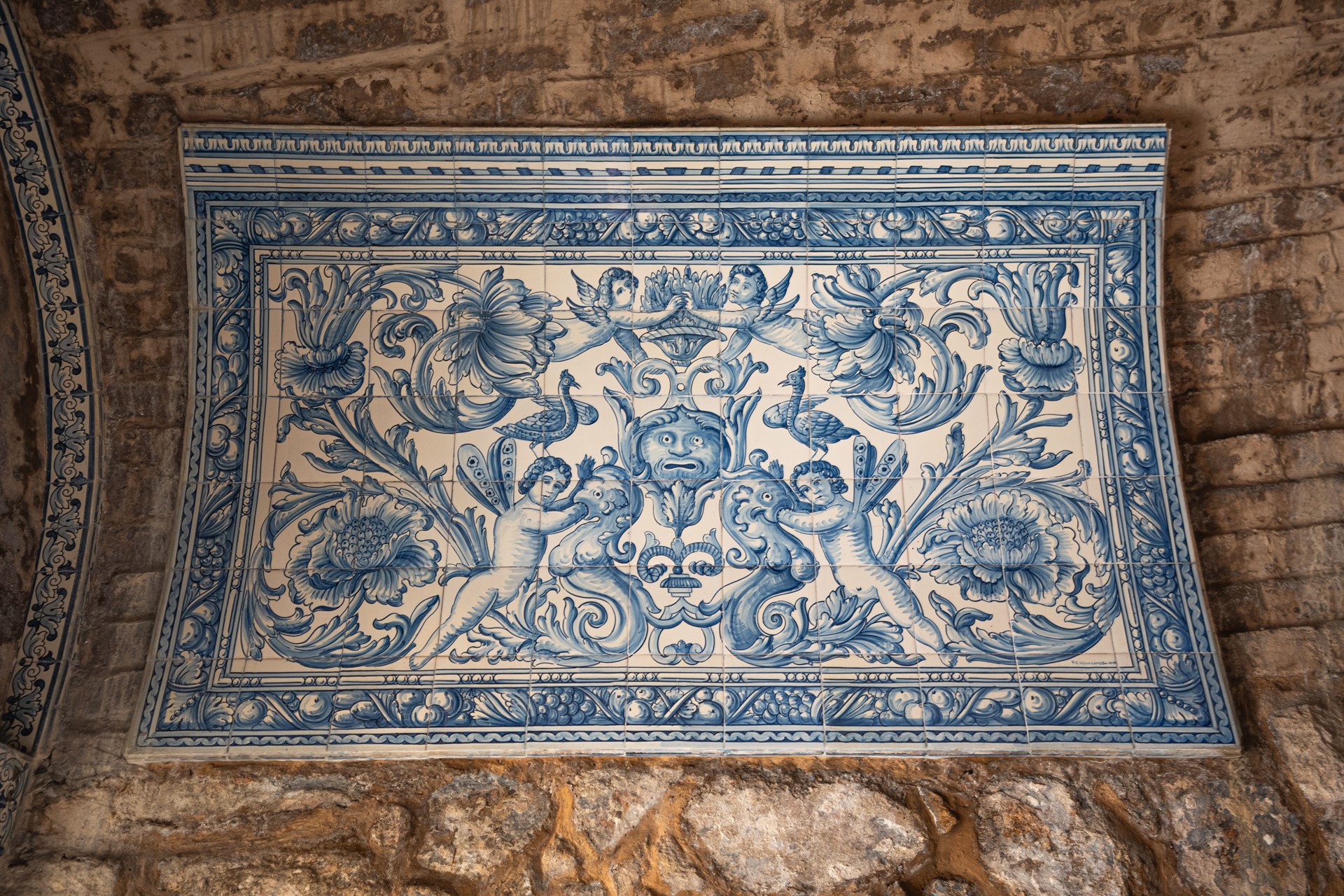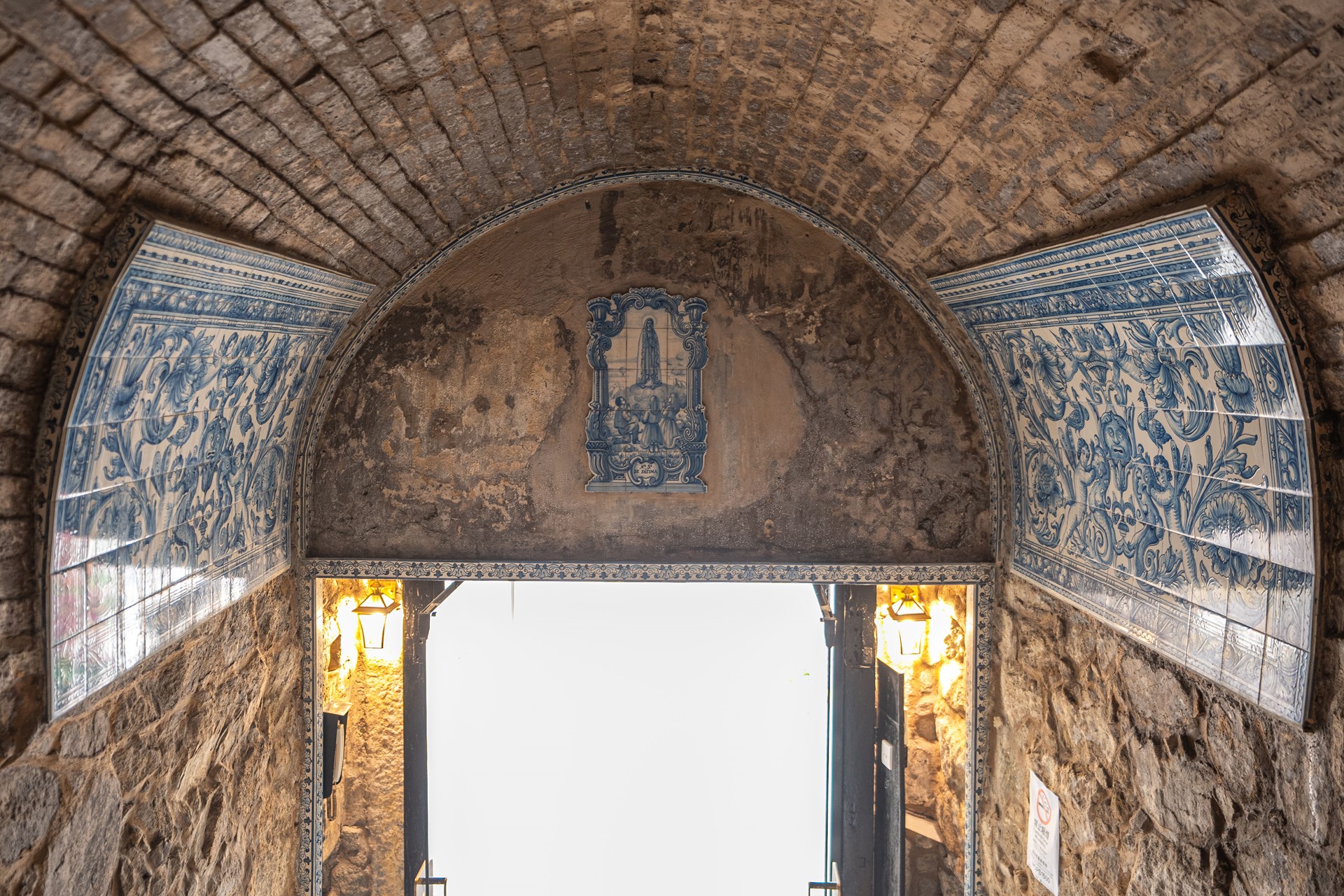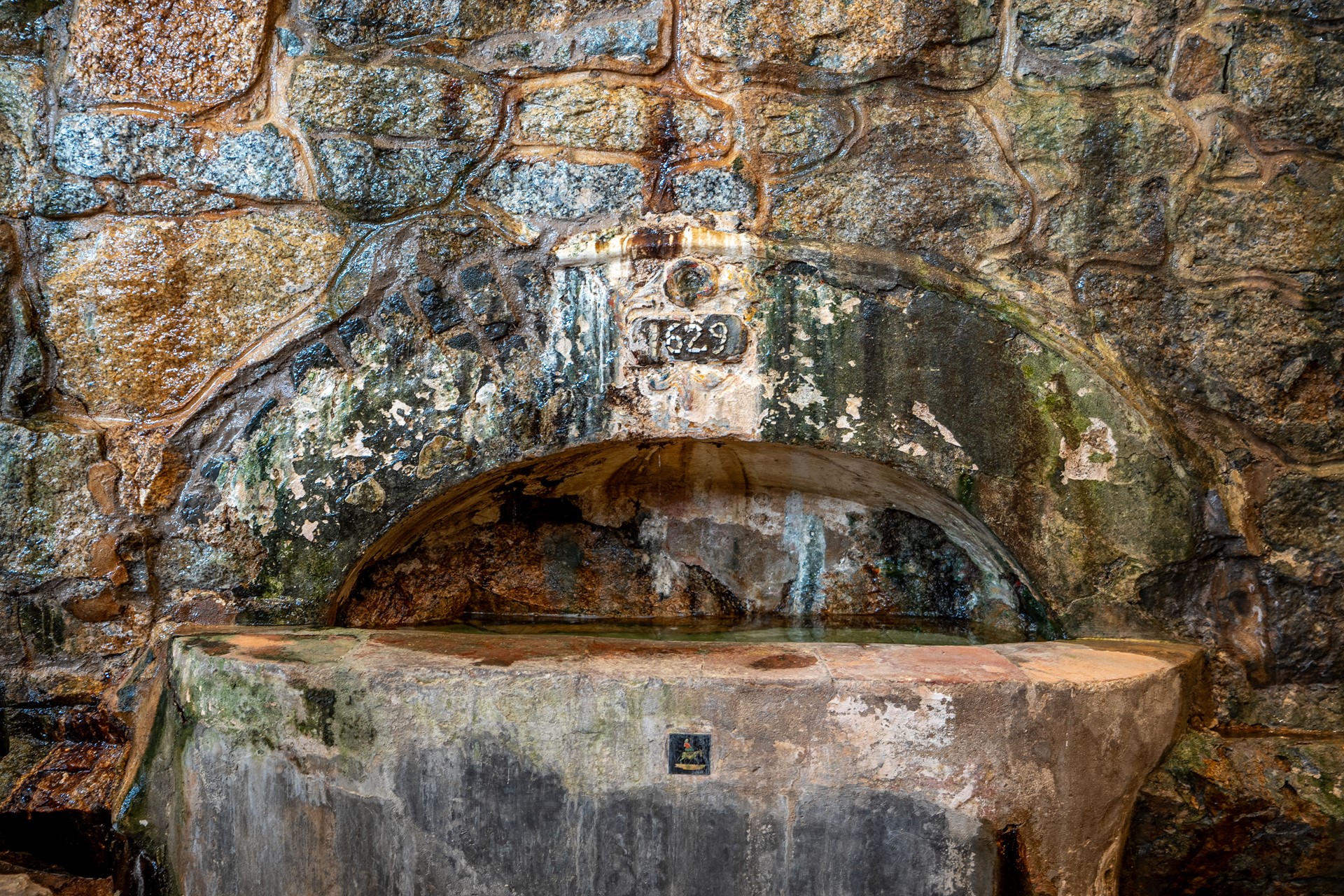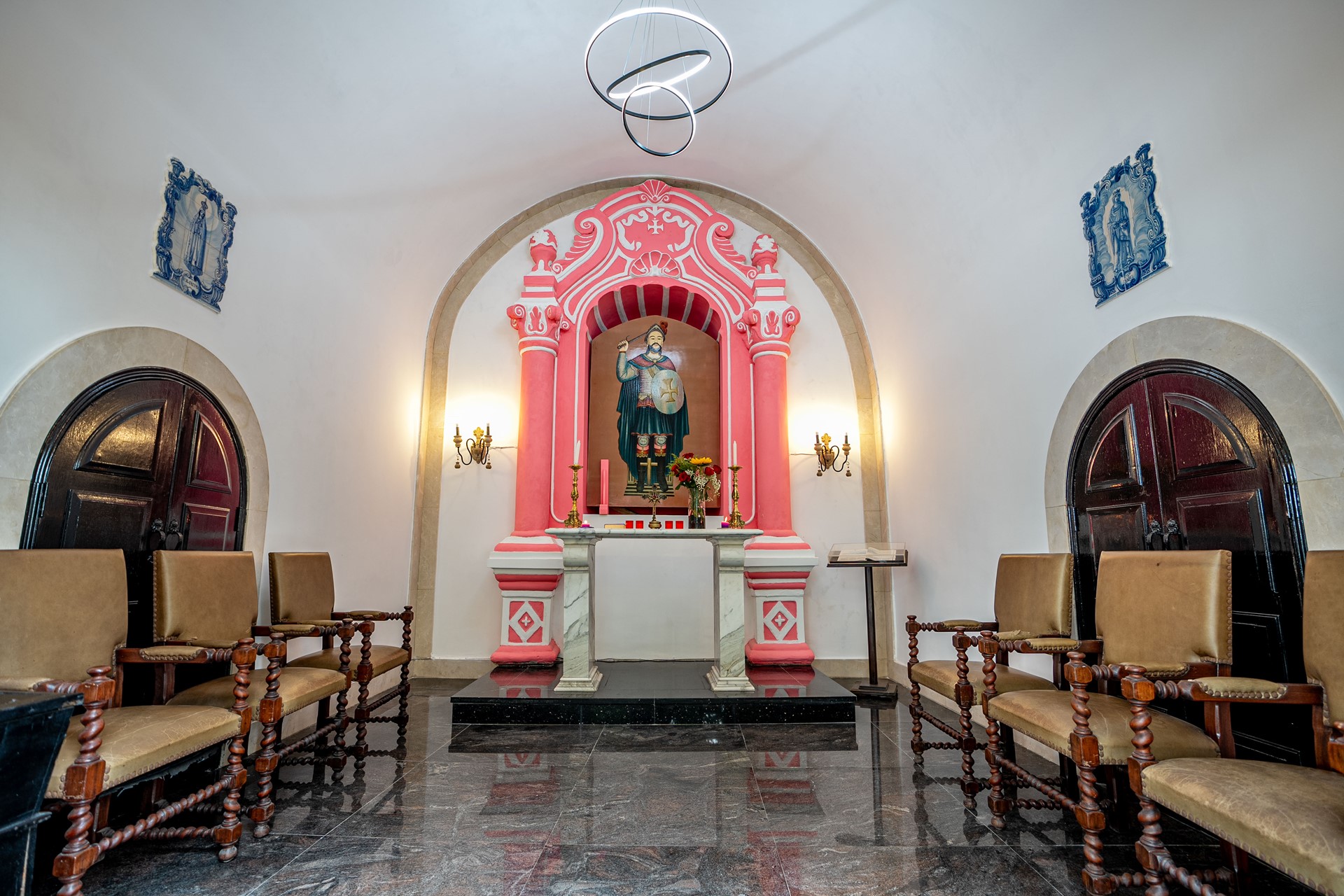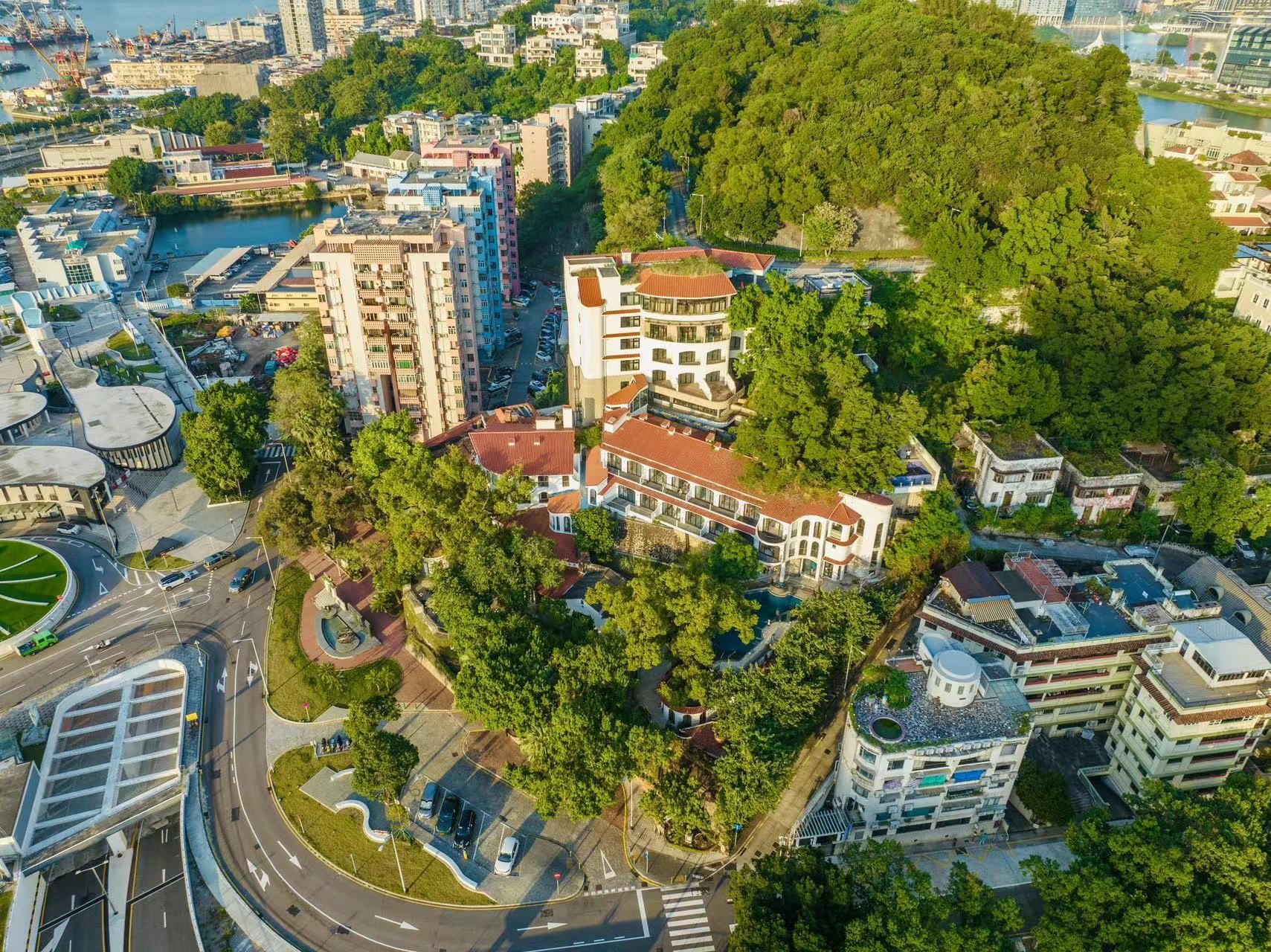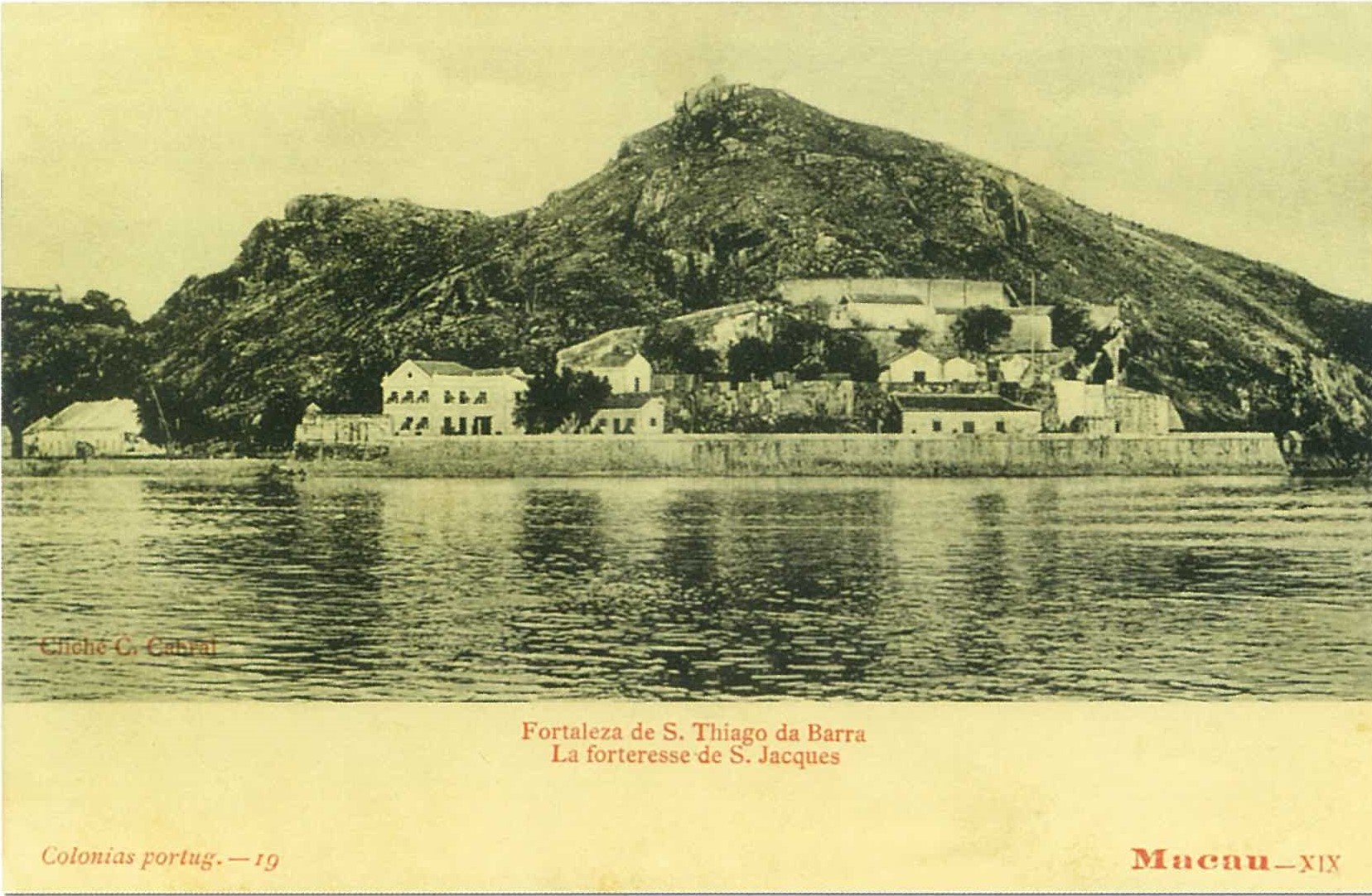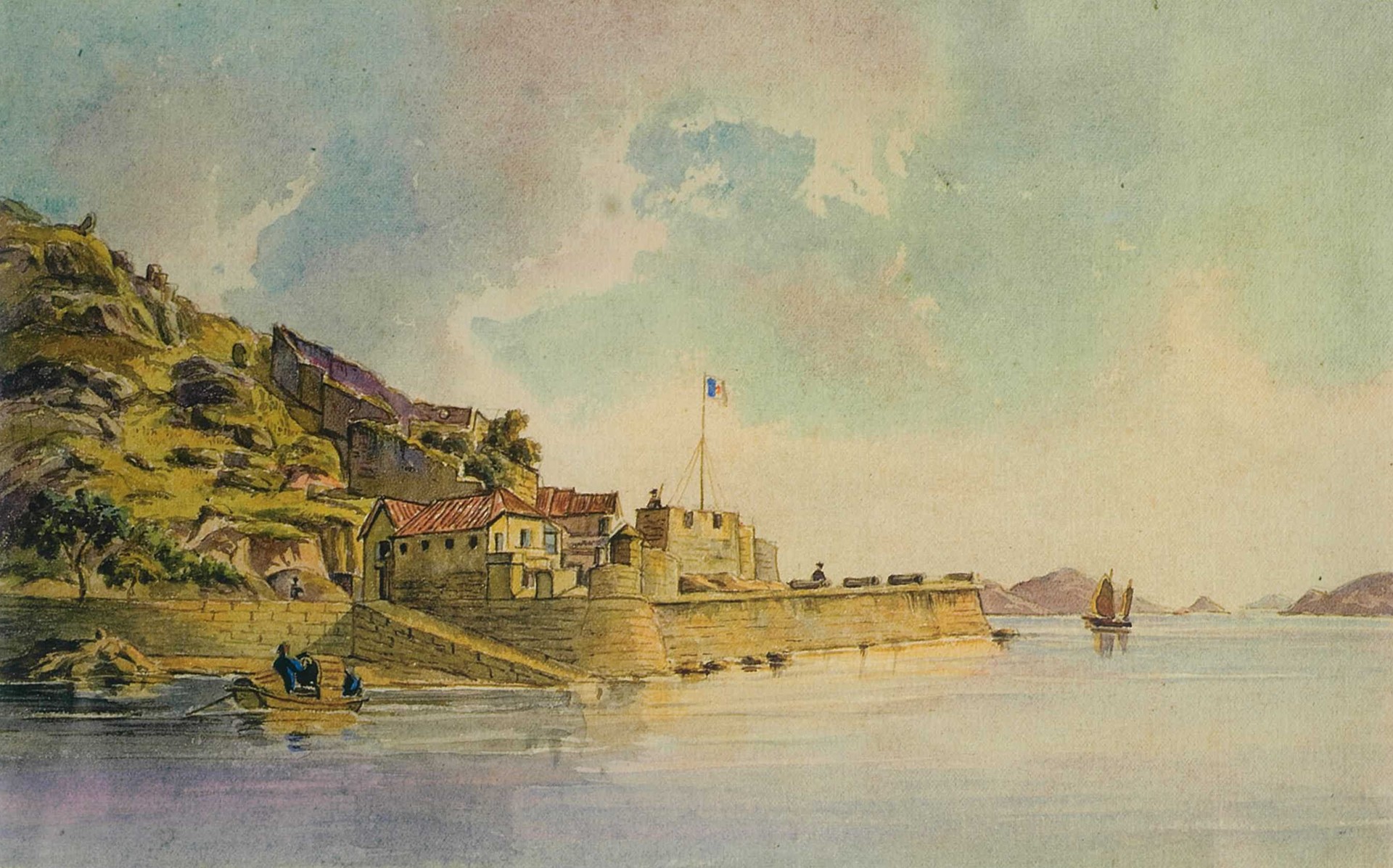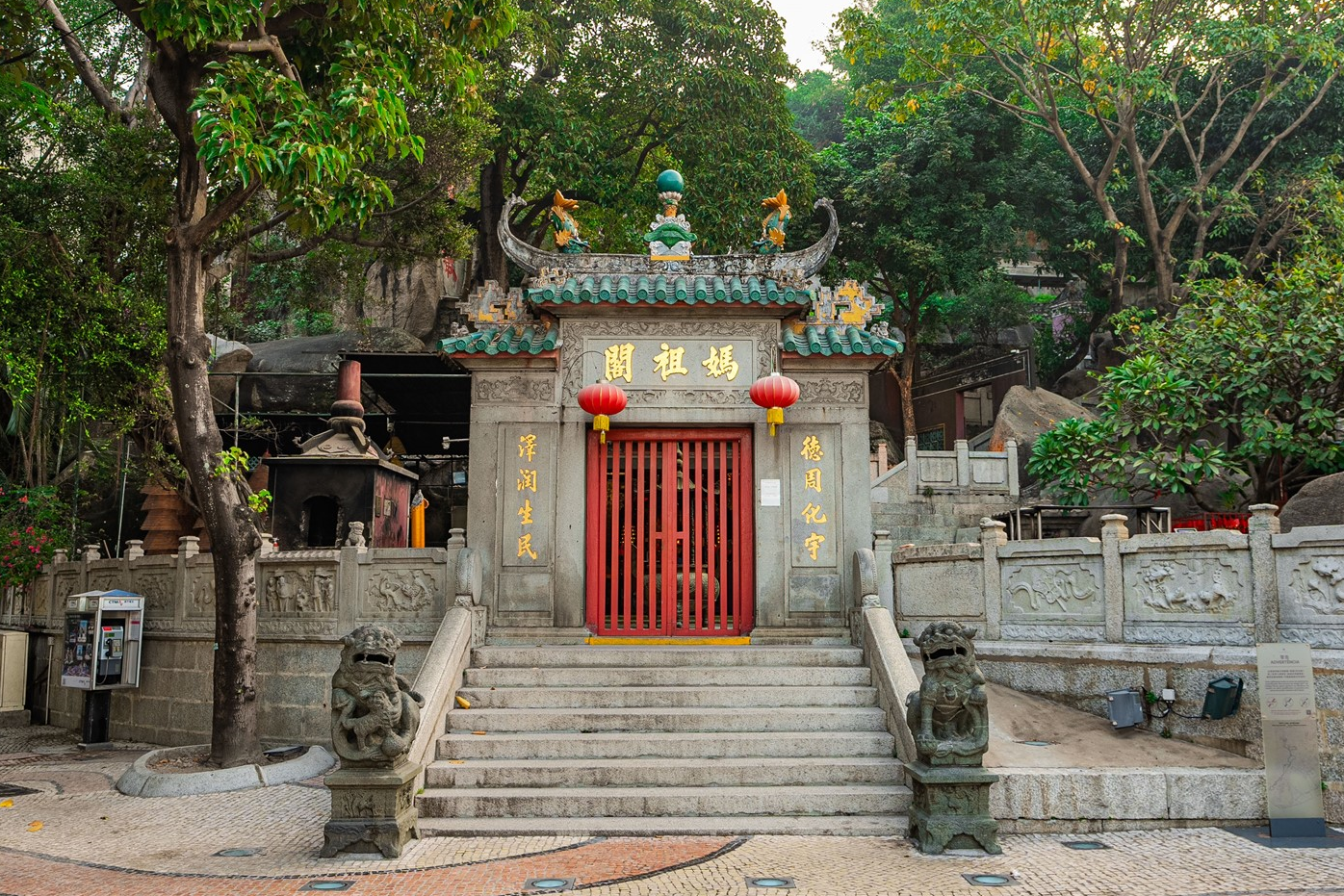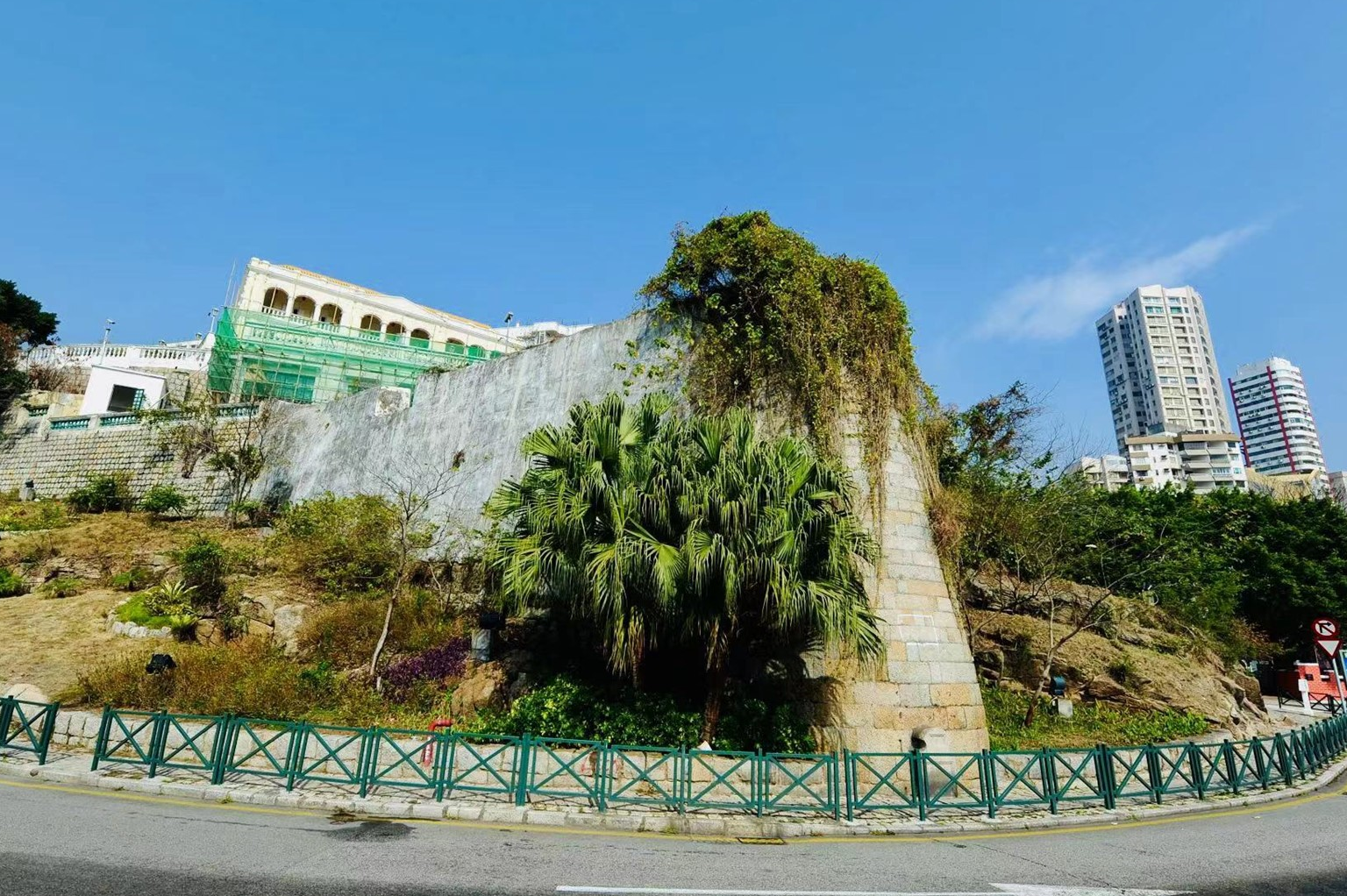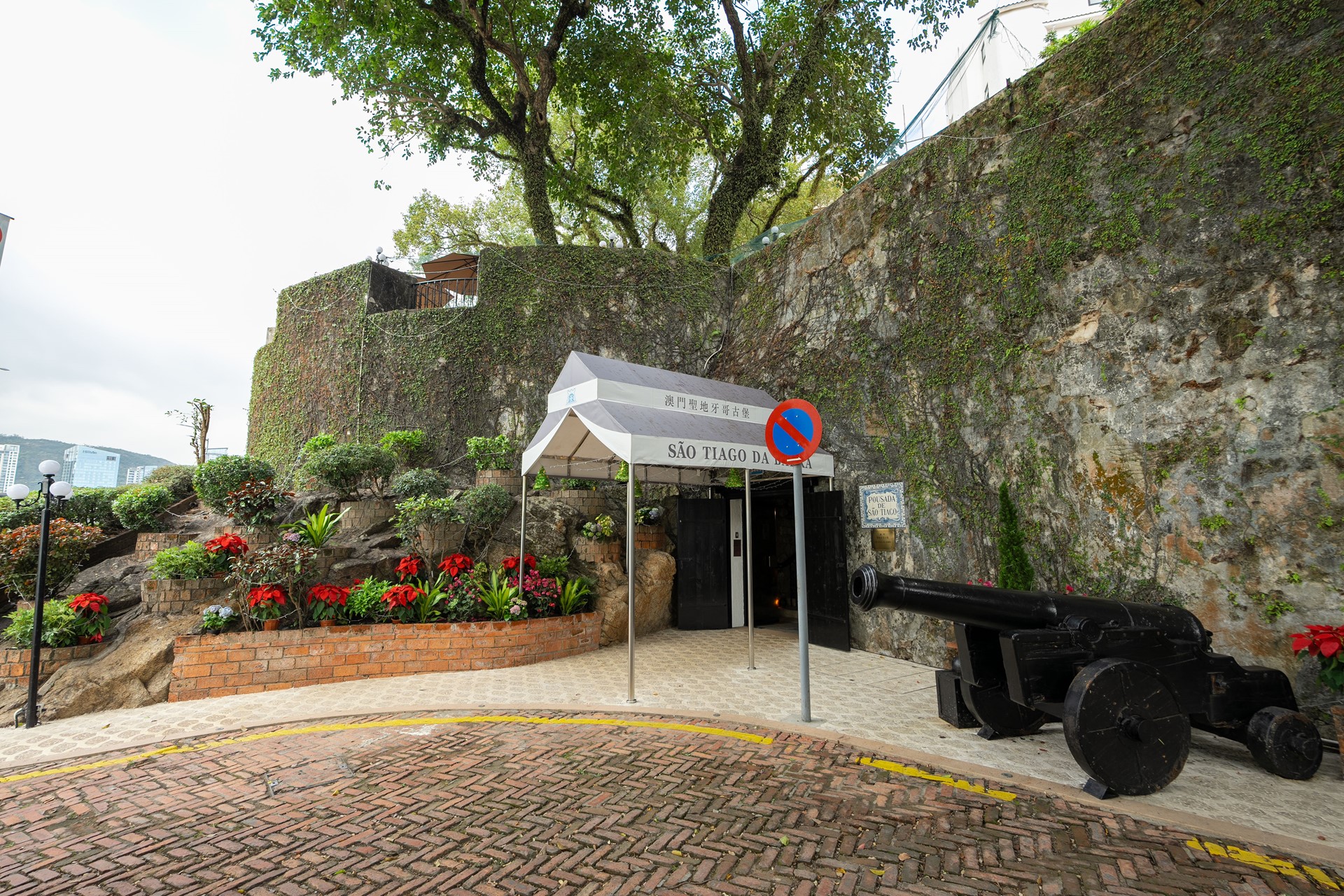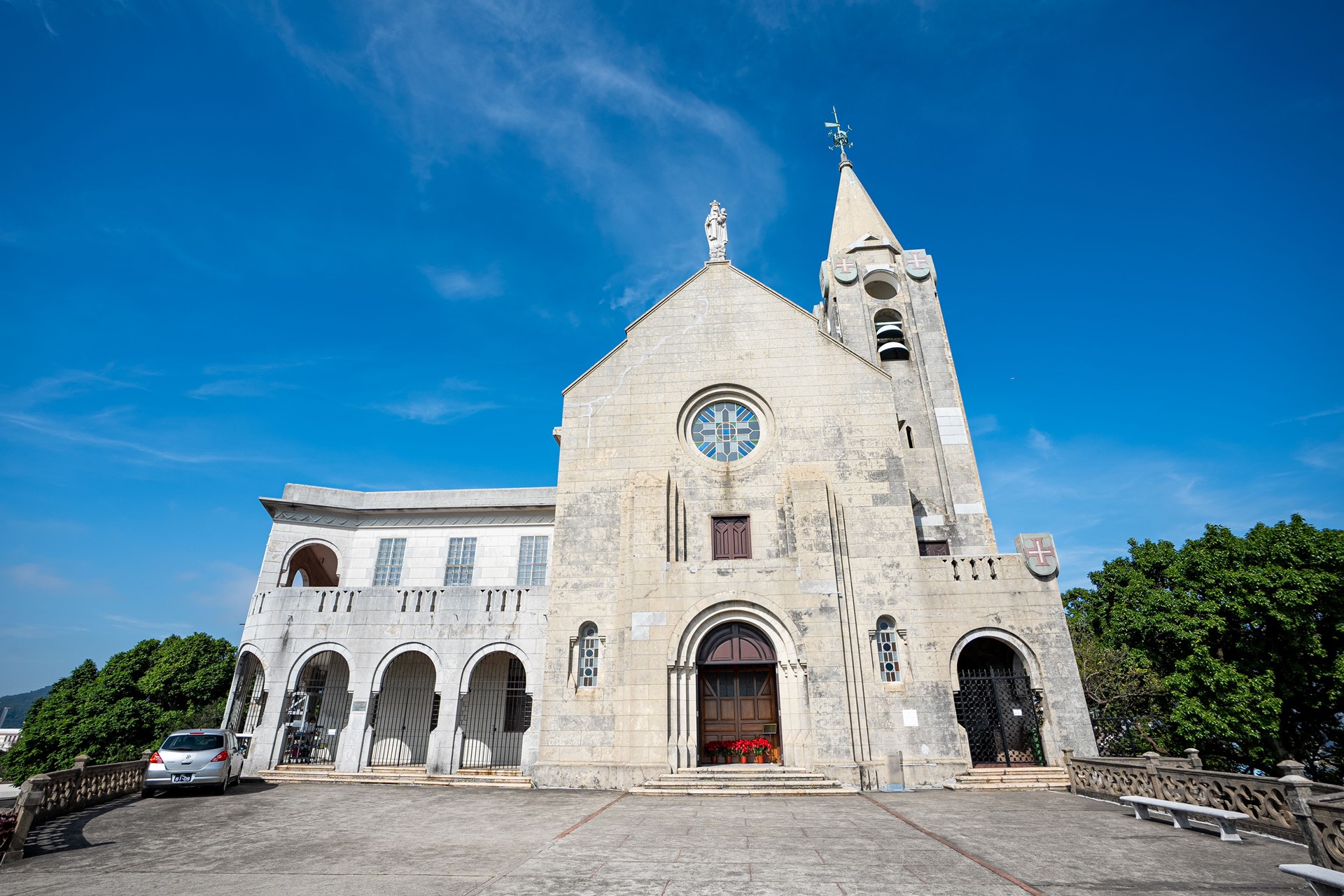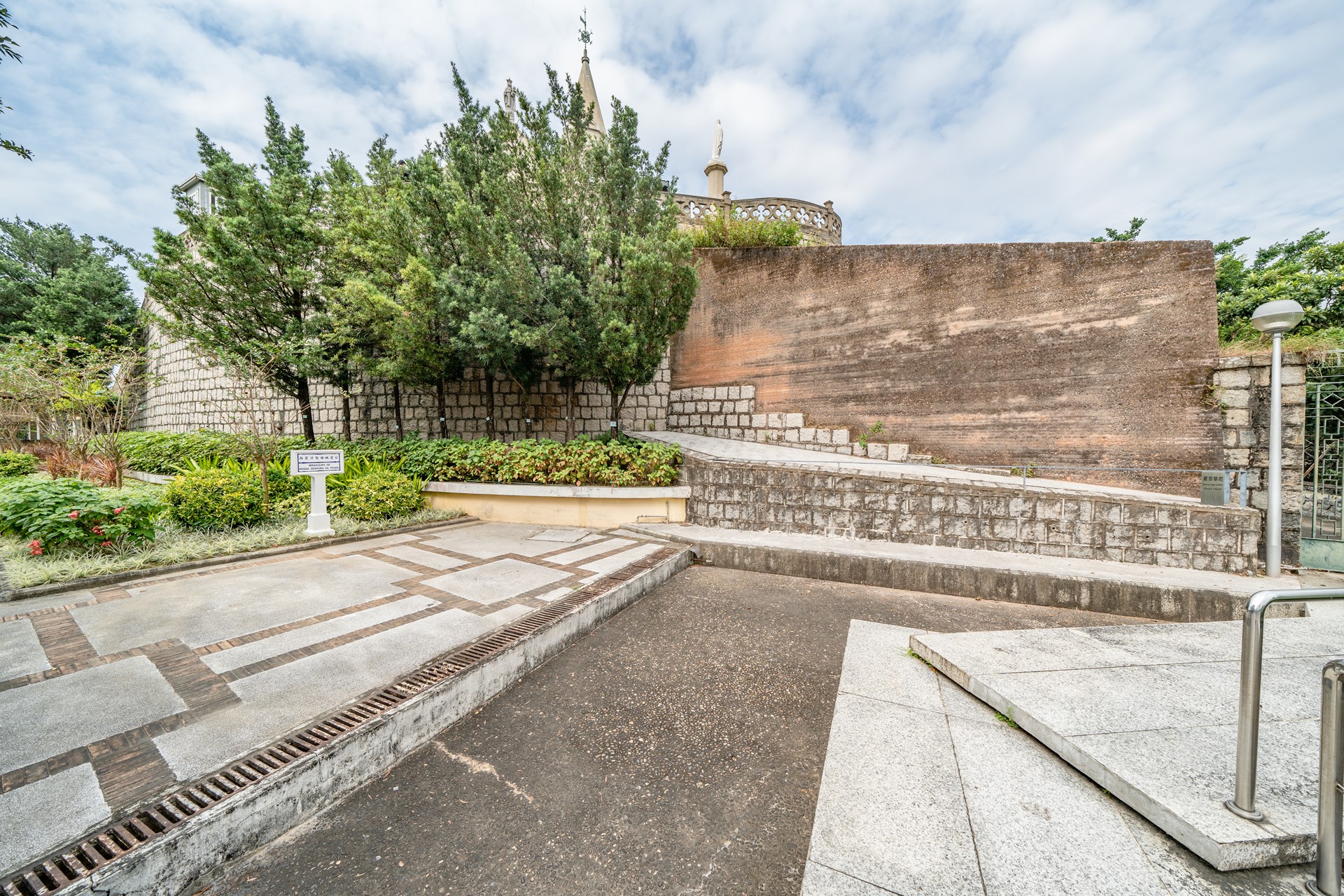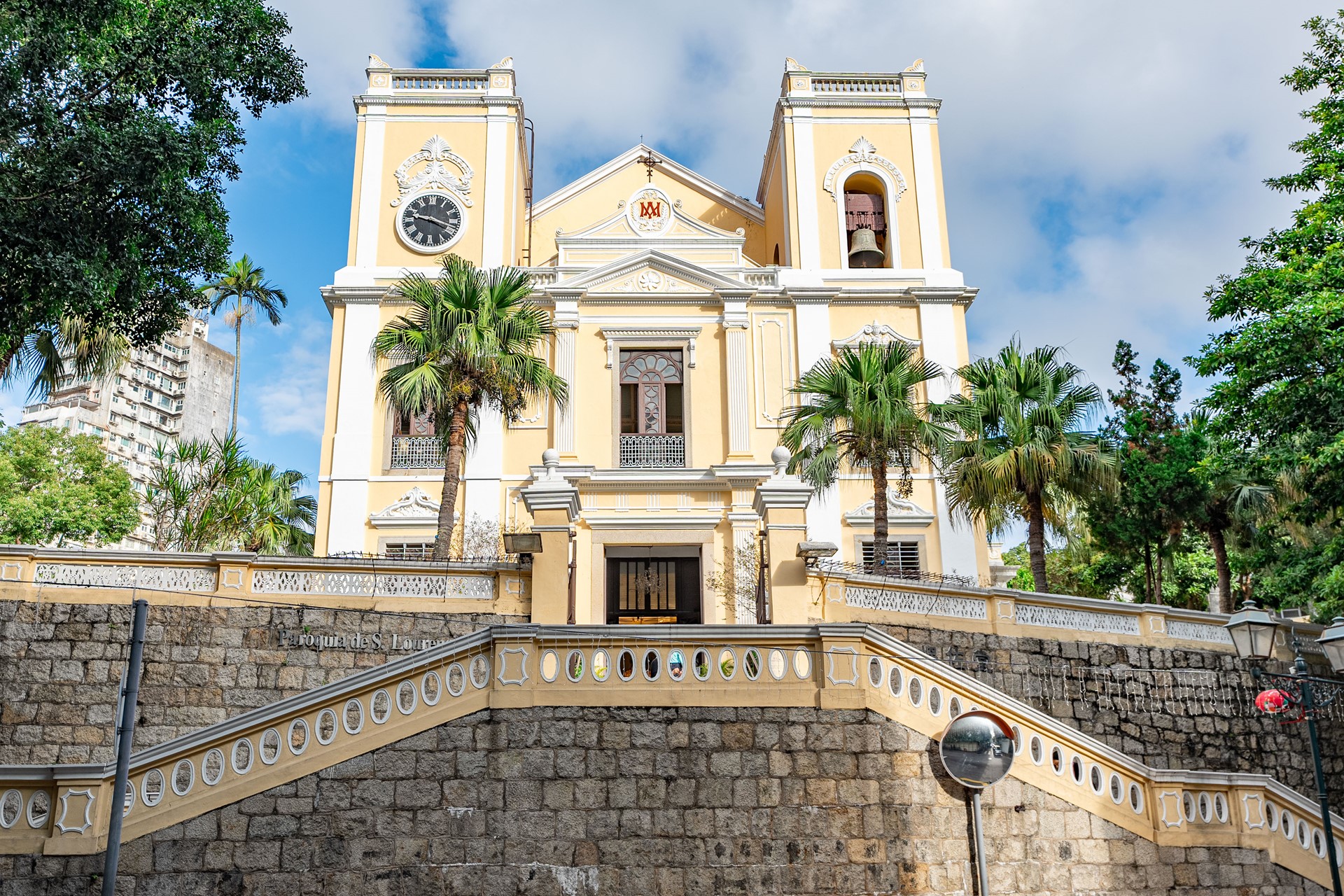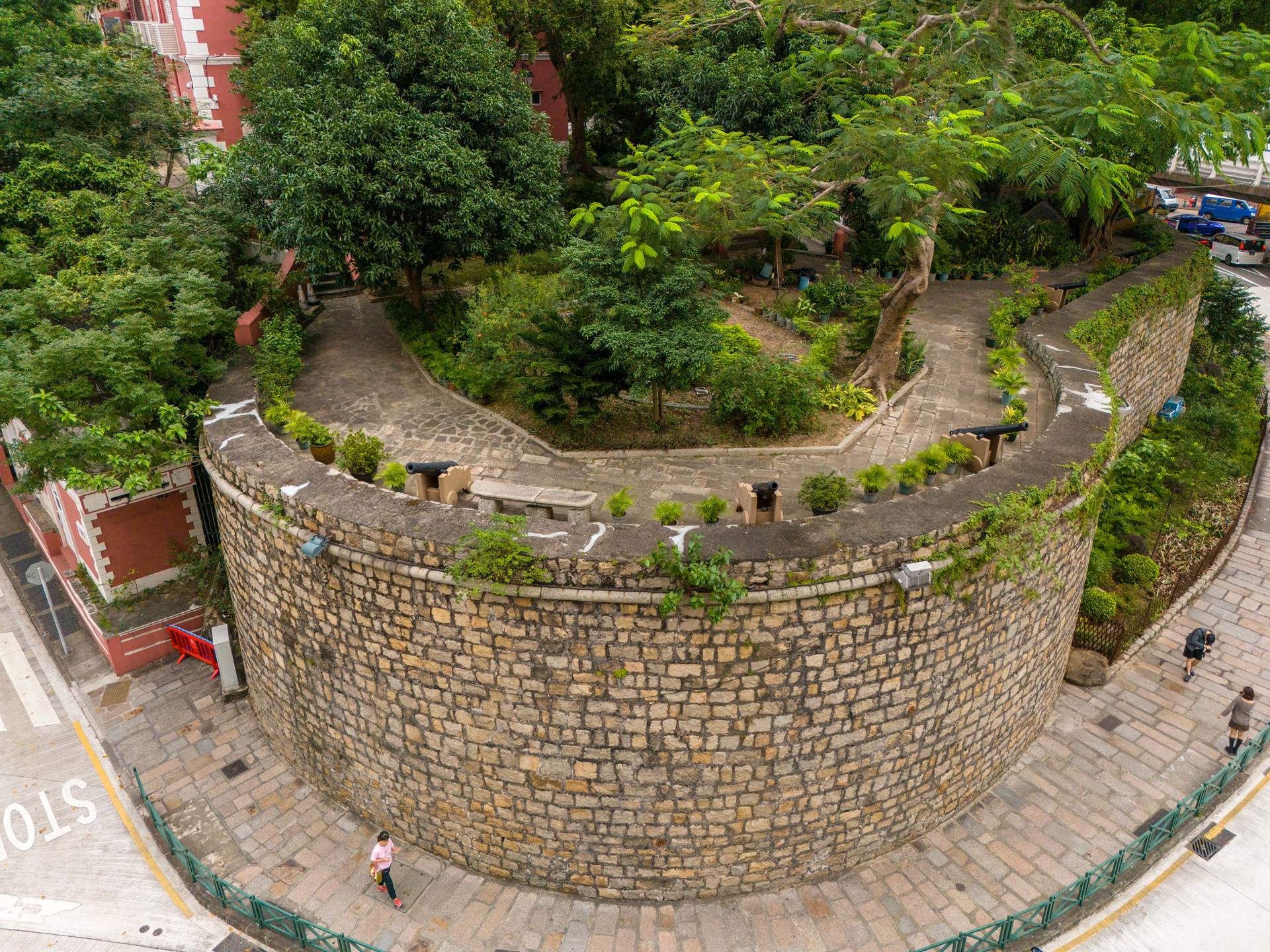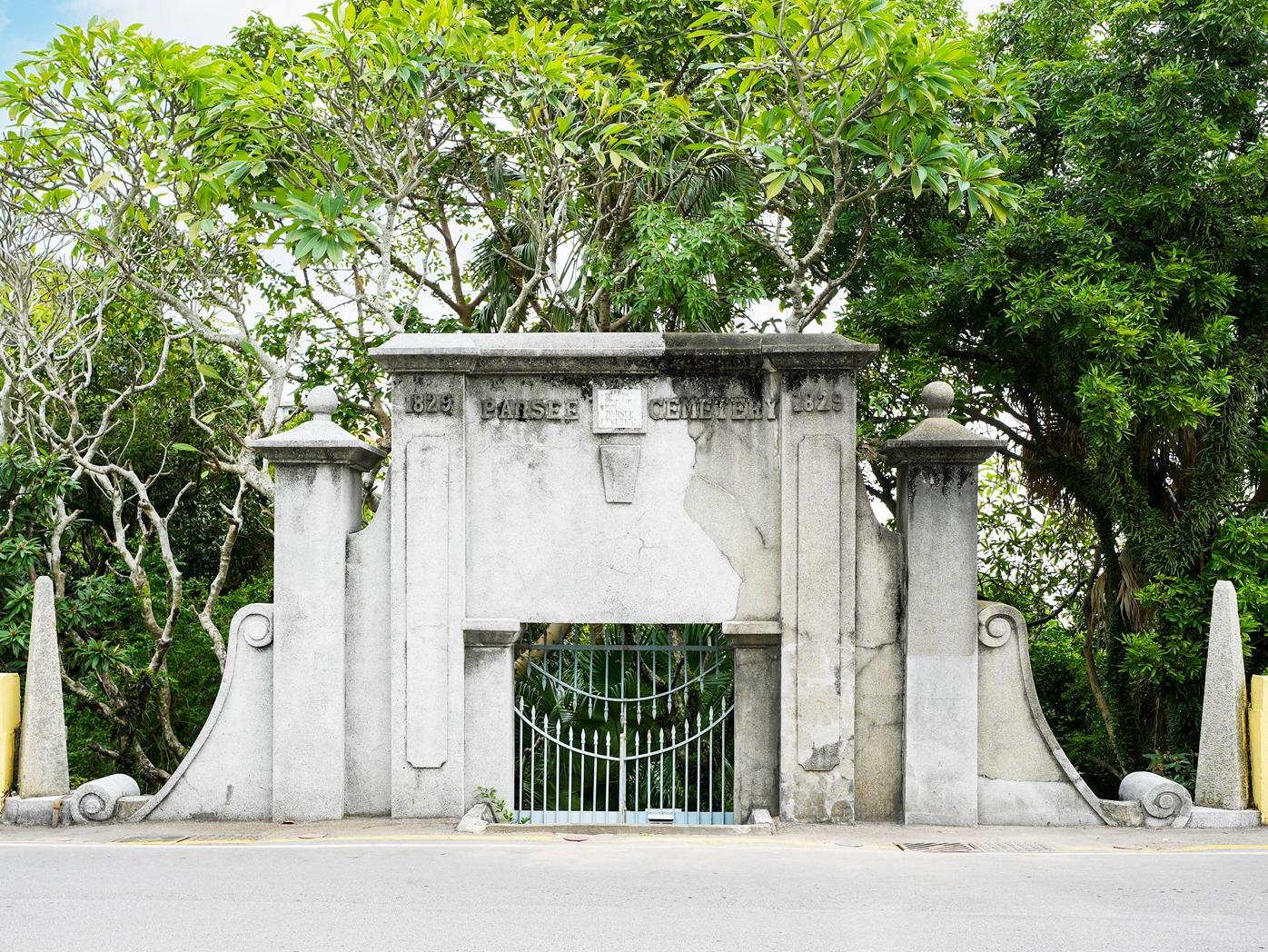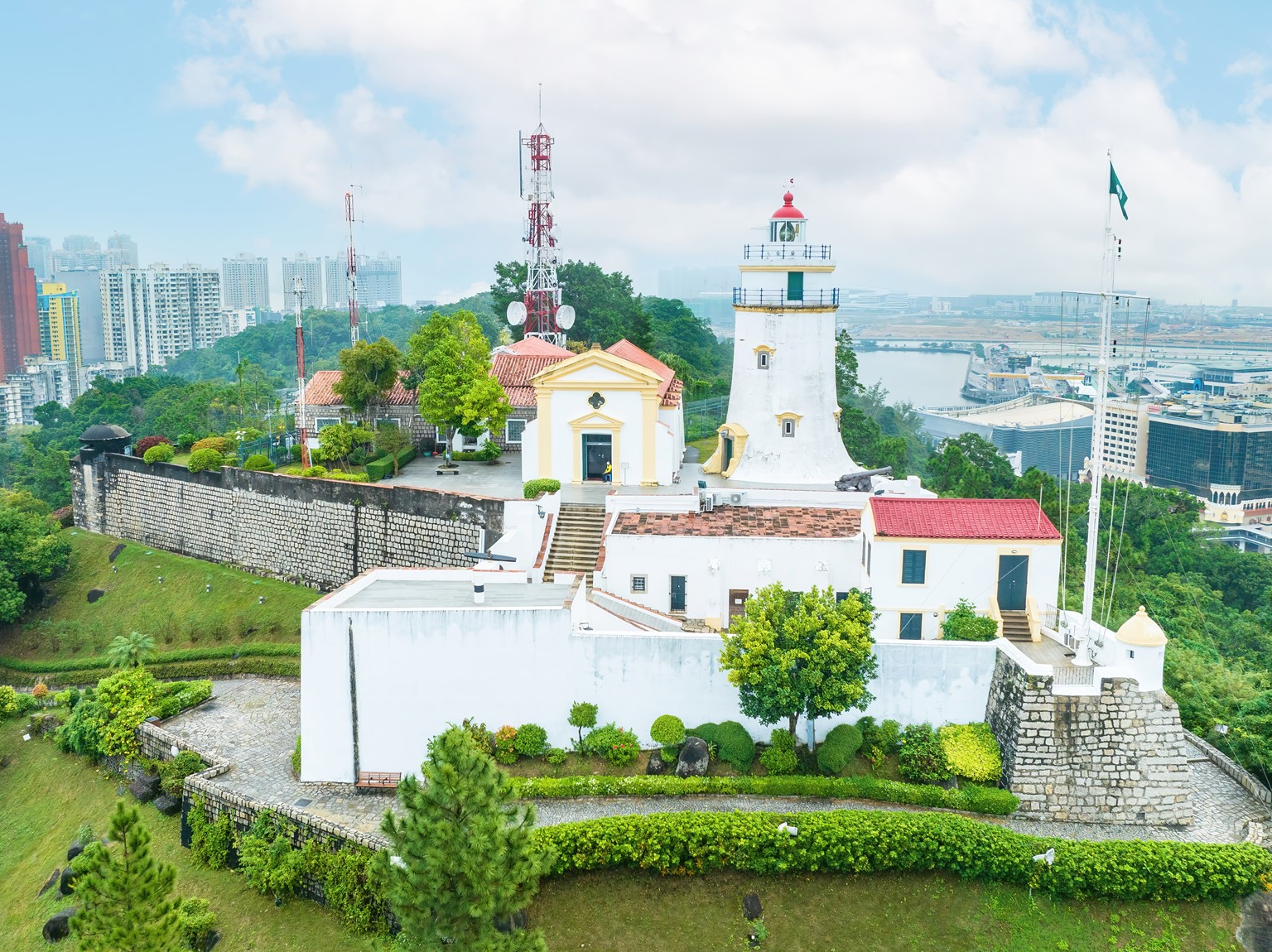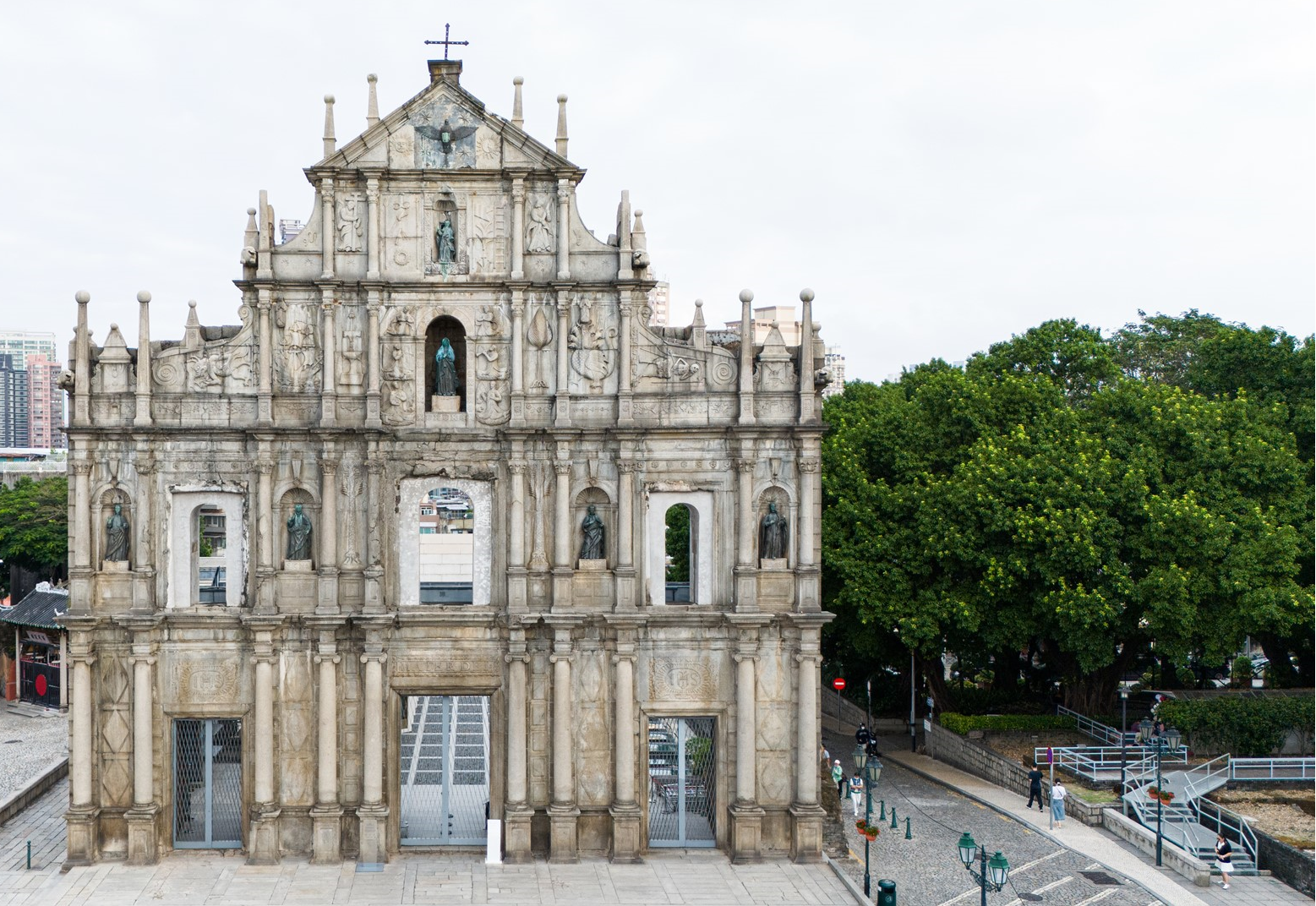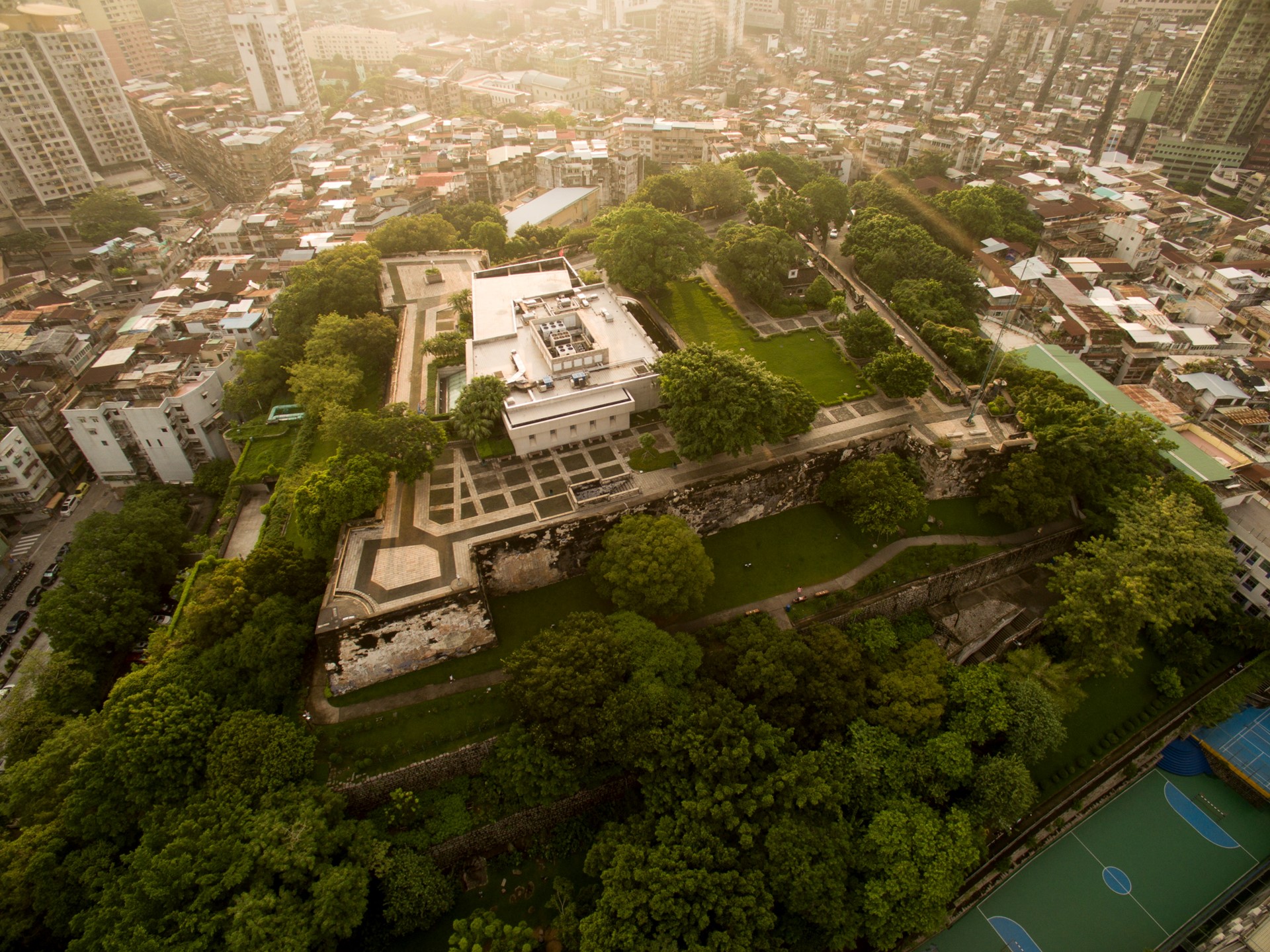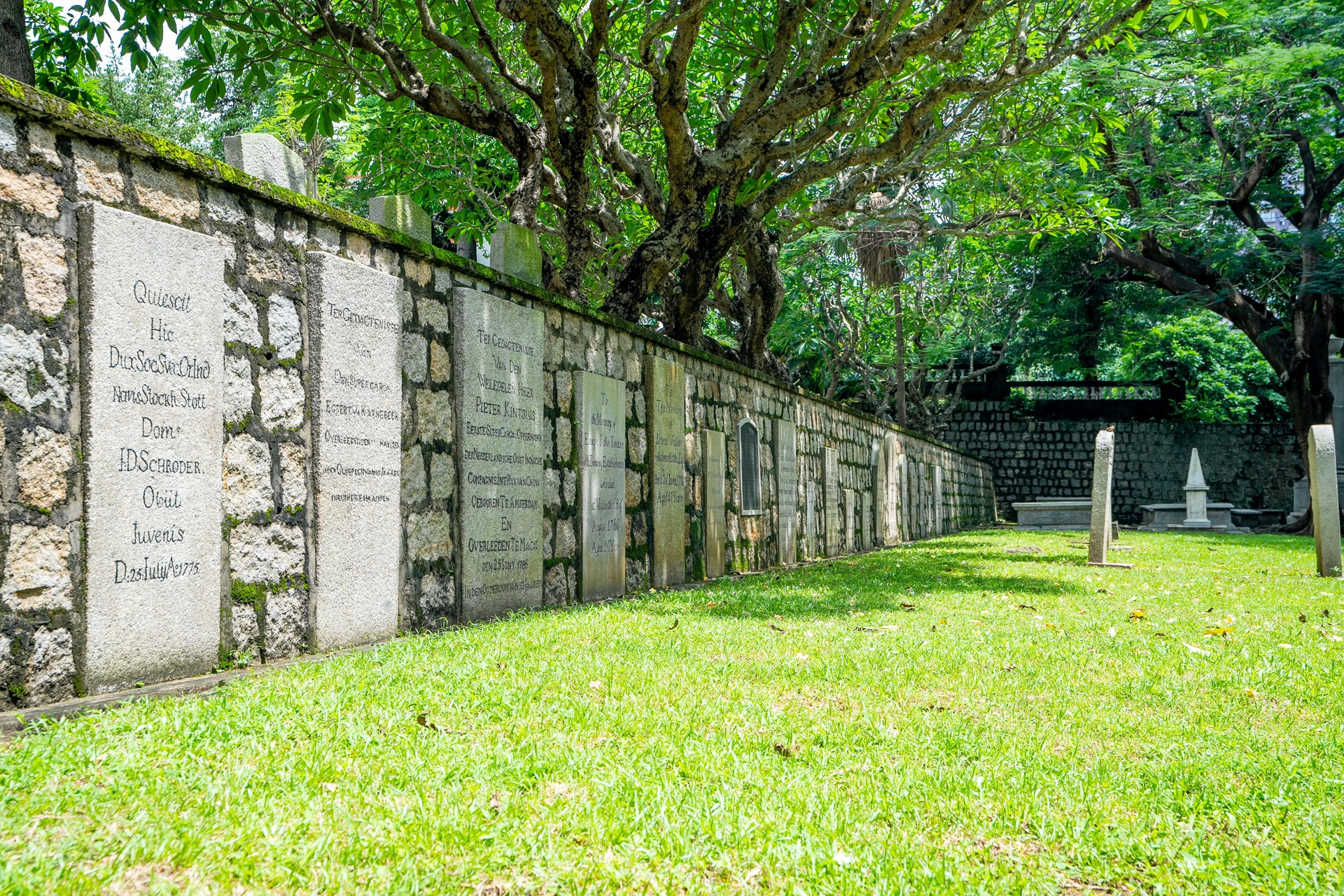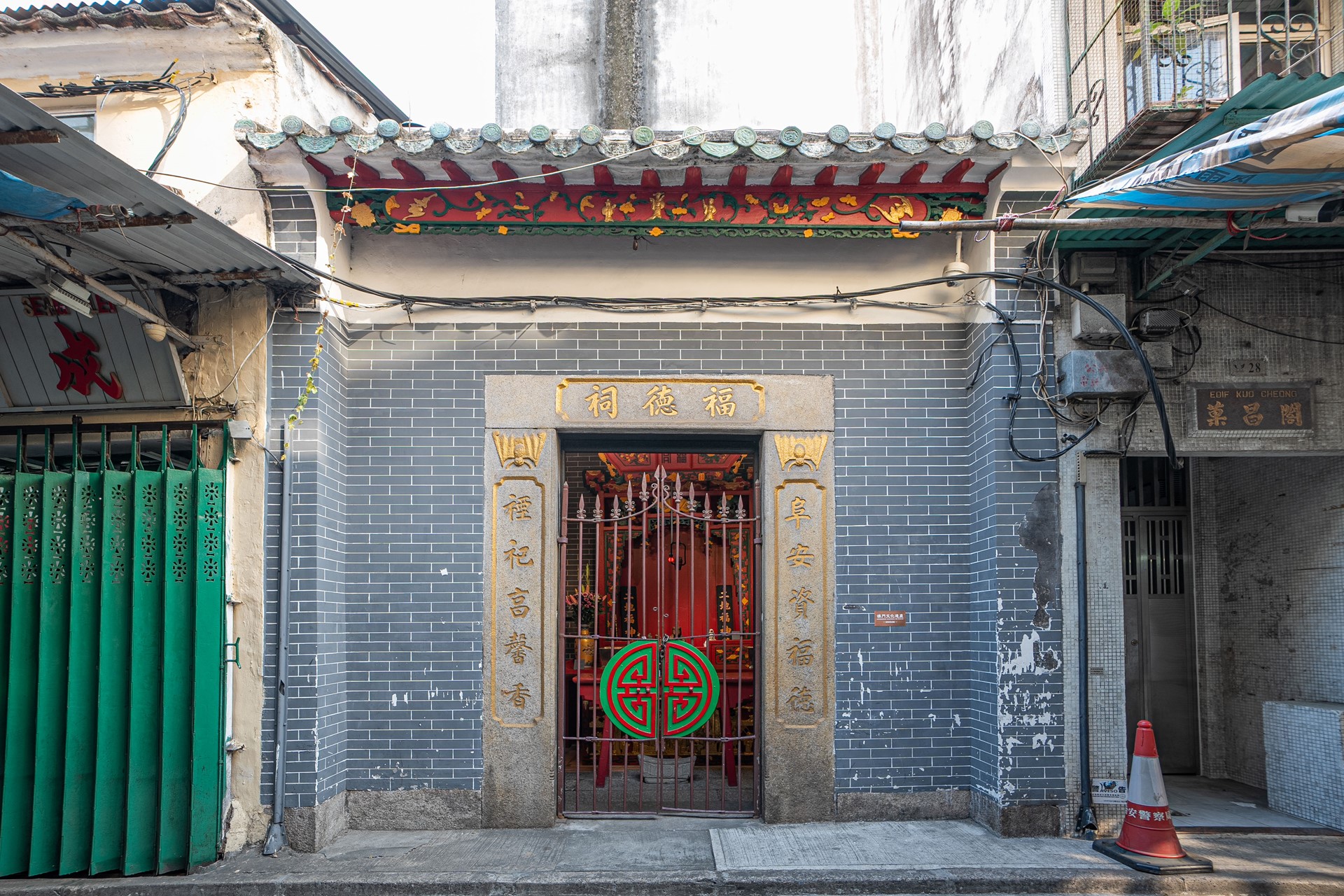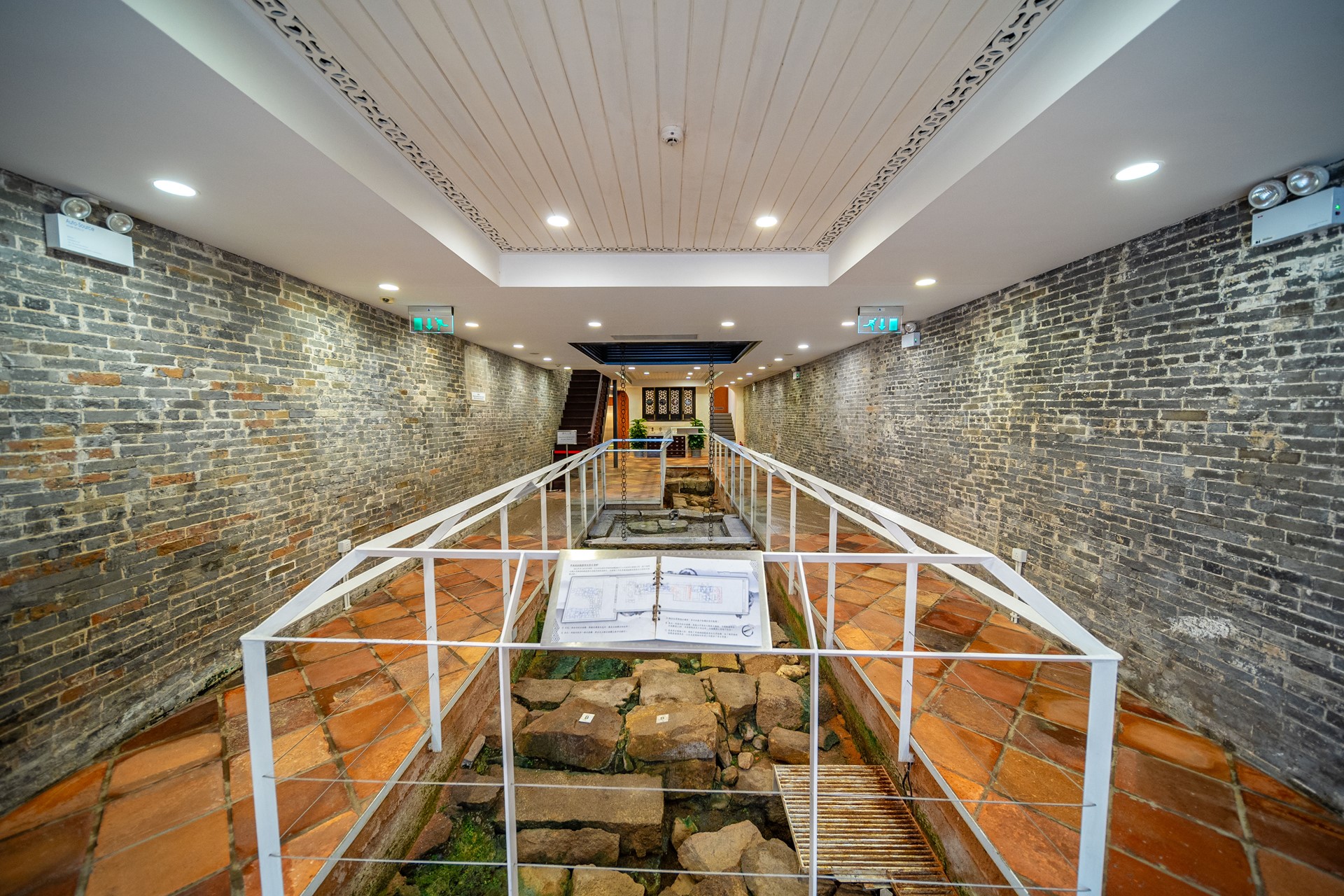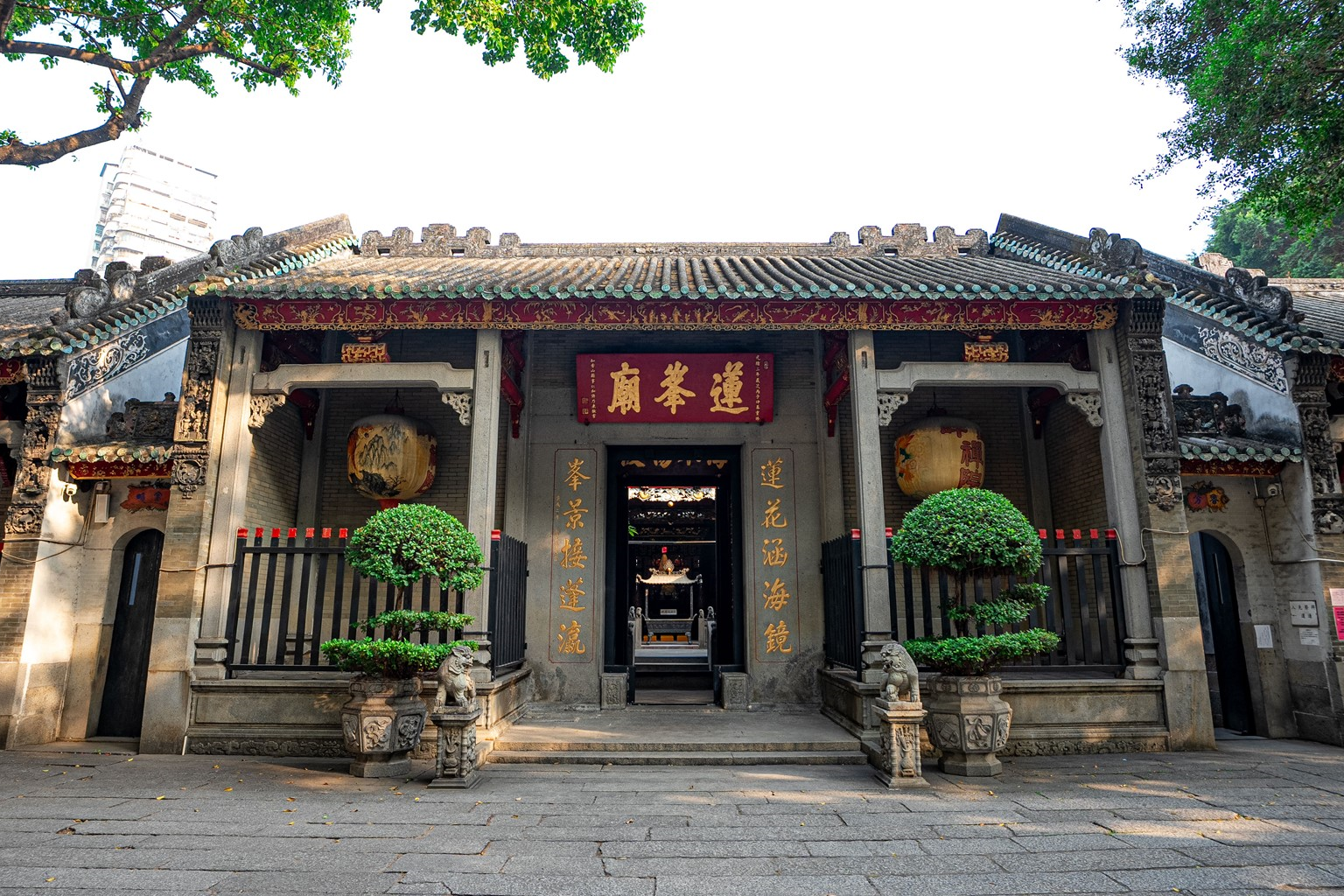St. Tiago da Barra Fortress (also known as Barra Fortress) is located on the southern tip of Macao Peninsula, at the foothill of Barra Hill. Originally it faced the sea, but later the site was reclaimed, and the Barra Transportation Hub was built there. The fortress was built on a difficult hilly terrain, and adopted an irregular layout, with solid rammed earth retaining walls. It consists of the upper, middle and lower levels, which are connected by outdoor staircases and pathways.
The fortress was constructed in 1629, based on a smaller defensive fortification previously built in 1622. Guarding maritime activities along the Inner Harbour, it was a pivotal defense for the city. It was much valued by the King of Portugal for its strategic location, and therefore its commander was directly appointed by the King. Apart from the military installations and a chapel that served as an old prayer site exclusively for the former soldiers, which was built in 1740 to worship Santiago (St. James), the patron saint of the military, whose statue stands there, in armour, holding a sword and a shield. According to legend, Santiago (St. James) would patrol the city at night, and every morning the statue's boots were full of mud, with a soldier assigned to clean them. One day, he missed the cleaning and was struck on the head with the sword held in the statue's right hand.
The Inner Harbour was once a main area for maritime commercial activities in Macao, with many piers and official facilities, such as the Macao branch of the Guangdong Customs (Guanbu xingtai) and its affiliated Taxation Office. Ocean-going vessels used to set sail from the Inner Harbour to trade all over the world, vastly expanding trade routes of the Maritime Silk Road. St. Tiago da Barra Fortress was strategically located, guarding the access to the sea from Inner Harbour, while also ensuring smooth maritime traffic flow. As such, this fortress presents an important testimony about the coastal defense system of Macao, as a city of the Maritime Silk Road.
After the Portuguese military withdrew from Macao in 1976, St. Tiago da Barra Fortress, once an off-limits military zone, was gradually opened to the public, and two years later the Macao government decided to, through restoration and renovation, convert the already deserted fortress into a hostel (“pousada”), to be operated privately. Hence Pousada de São Tiago, a boutique hotel, opened in 1981, and the fortress’s main architectural characteristics were well preserved. This restoration and renovation project received several important awards, namely by the Pacific Asia Travel Association (PATA), and the hotel became one of the most popular attractions in Macao ever since its opening.
